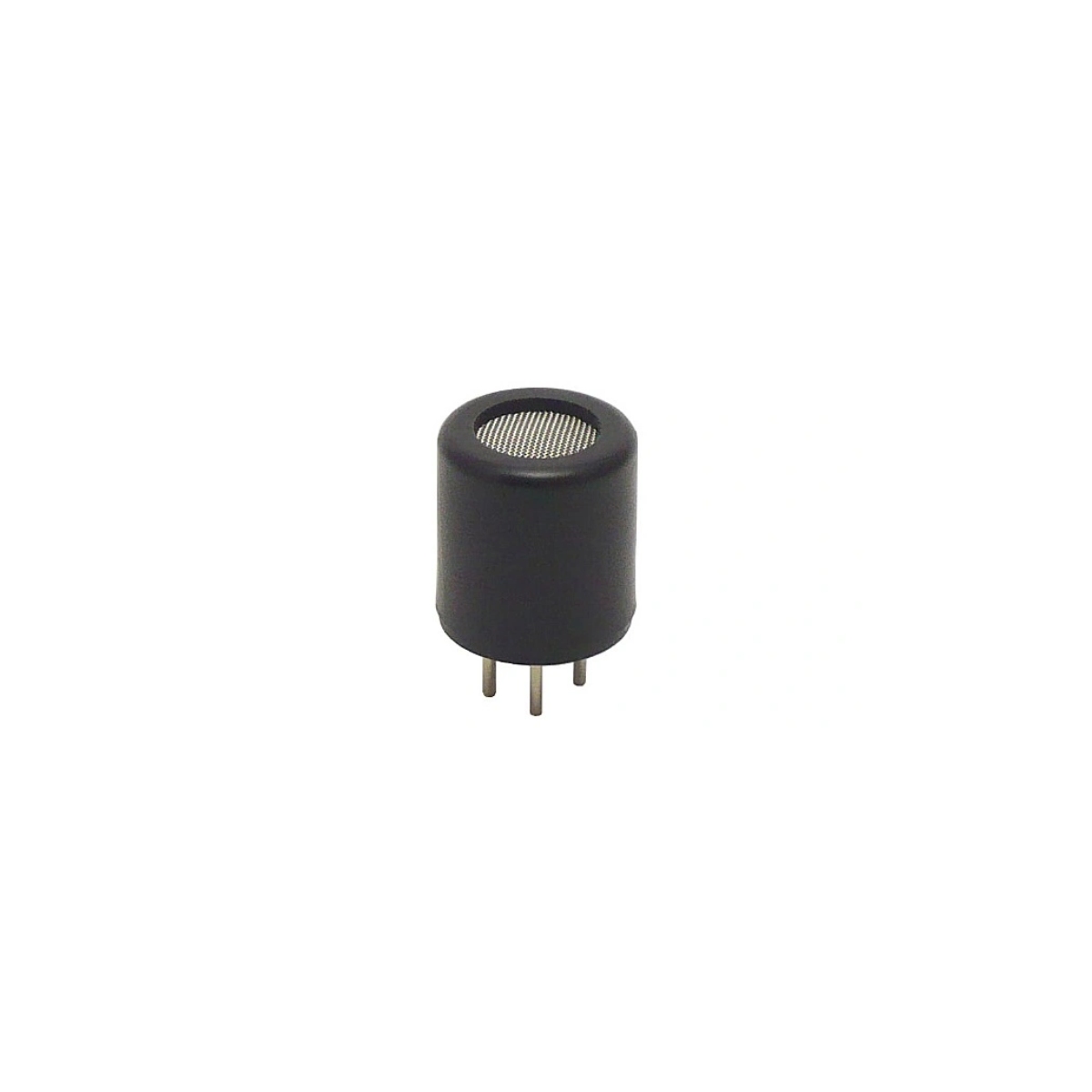
Sensors
Sensors are essential components of electronic and automation systems that enable the measurement, detection, and conversion of physical signals into electrical data. They allow monitoring of temperature, humidity, pressure, motion, magnetic fields, proximity, and many other environmental parameters. With their help, process automation, device protection, environmental condition analysis, and real-time control become possible
How Do Sensors Work?
Sensors convert physical quantities into analog or digital signals, which can be processed by electronic circuits. With modern communication interfaces such as I²C, SPI, UART, PWM, or analog outputs, sensors can be easily integrated into embedded systems, microcontrollers (e.g., Arduino, Raspberry Pi, ESP32), and PLCs.
Key Sensor Parameters
✔ Measurement range – defines the minimum and maximum values the sensor can detect
✔ Accuracy – the higher the precision, the better the measurement quality
✔ Response time – crucial in real-time systems
✔ Communication interface – analog (voltage, current) or digital (I²C, SPI, UART)
✔ Power consumption – essential for IoT and battery-powered devices
✔ Environmental resistance – water resistance, temperature range, EMI immunity
Applications of Sensors
Sensors are widely used in various fields of technology:
✔ Industrial automation – process monitoring, machine control
✔ Smart home & IoT – lighting, HVAC, security systems
✔ Automotive – tire pressure monitoring (TPMS), obstacle detection, ABS systems
✔ Medical & biotech – heart rate, temperature measurement, chemical analysis
✔ Consumer electronics – smartphones, wearables, smartwatches, audio devices
✔ Robotics – navigation, obstacle avoidance, AI systems
✔ Security systems – motion detection, smoke and gas sensors, intrusion alarms
Types of Sensors and Their Applications
✔ Measure the pressure of gases and liquids in HVAC, hydraulic, pneumatic, automotive, and medical systems.
✔ Used in industrial automation, control, and monitoring.
✔ Detect presence and concentration of gases like CO₂, CH₄, LPG, H₂, CO, alcohol.
✔ Used in safety systems, smart homes, labs, and air quality detection.
✔ Detect changes in magnetic fields – used for position, rotation, speed, and magnetic presence detection.
✔ Applications: automotive (ABS, crankshaft), robotics, rotational measurement.
✔ Measure environmental conditions such as temperature, humidity, air pressure, and air quality.
✔ Used in weather stations, agriculture, monitoring systems, and IoT.
✔ Measure AC and DC current directly or inductively.
✔ Used in power supplies, UPS systems, PV installations, and energy monitoring.
✔ Enable accurate measurement of air, liquid, and surface temperatures.
✔ Applications in HVAC, appliances, consumer electronics, medical devices, and IoT.
Strain Gauge Sensors (Load Cells)
✔ Measure force, pressure, and mechanical load – commonly used in electronic scales and force analyzers.
✔ Measure distance using ultrasonic wave emission and reception.
✔ Used in robotics, building automation, liquid level detection, and obstacle avoidance.
✔ Measure relative air humidity – crucial for climate control, agriculture, and smart home systems.
✔ Detect object presence without contact – optical, capacitive, or inductive types.
✔ Used in production lines, automatic doors, and mobile robotics.
Reed Switches (Magnetic Contacts)
✔ Operate in the presence of a magnetic field (open/close circuit).
✔ Used in alarms, security systems, windows, and doors.
✔ Work with Hall sensors and reed switches – offer strong magnetic fields in small sizes.
✔ Ideal for electronics, mechatronics, and door automation systems.
✔ Enable precise control of DC, stepper, and BLDC motors.
✔ Used in robotics, industrial automation, 3D printers, and CNC systems.
Why Choose High-Quality Sensors and Accessories?
✔ Precise and reliable measurements – even in demanding environments
✔ Wide range of interfaces and types – easy integration with embedded systems
✔ Ideal for industrial, educational, and hobbyist use
✔ High quality and durability – designed for continuous 24/7 operation
✔ Broad technical specifications – customizable to individual project needs














